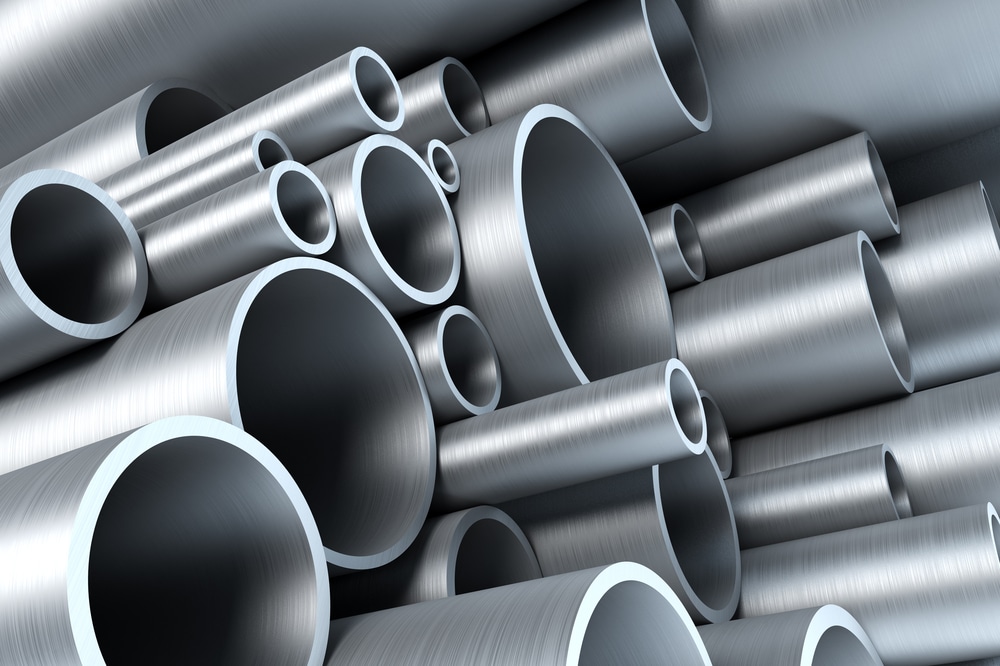
Iron is a large part of steel’s composition, which means it is prone to rust and wear in contact with water and other chemicals. Stainless steel needs to be protected to prevent damaging effects due to impurities. One of the most common ways to do this is with a process called passivation.
What Is Passivation?
At its core, passivation is a popular and effective way to finish metals like steel. In stainless steel, the passivation process removes free iron from the surface material using acid. The end result is steel covered with a passivation film, which is less likely to react with water and to resist erosion and rust to a higher degree.
How It Was Discovered?
Passivation was discovered by a chemist named Christian Schönbein in the mid-1800s. He discovered this process when he dipped steel into a high concentration of nitric acid and the iron had a reduced or completely nullified chemical reactivity. This after-product of steel was considered to now be in a “passive” state.
Once this process had become more widespread over the following century, more negative environmental and safety reports about nitric acid were becoming well known. Luckily, a brewing company in Germany was able to identify a safer and equally effective alternative, citric acid. More recently, companies prefer to use citric acid over nitric acid for the well-being of their staff and to protect the environment.
Benefits of Passivation
The benefits of this process are widespread. For example, by finishing your steel with nitric or citric acid, you can expect a longer lifespan of your steel, a durable barrier against rust and corrosion, removal of contaminants on the steel’s surface, and less maintenance costs long-term.
How to Passivate
To get the best outcome, it’s important to follow each step of the passivation process properly. The first important task is to deeply clean the steel. This helps rid the product of impurities like grease, coolant, and iron particles from the environment that have collected on the piece and could make the acid less effective later on.
While acid does remove some contaminants, it cannot properly break down fats like grease and oil from the metal. Instead, it simply sticks to the outside of the material and prevents proper passivation of the steel.
Afterwards, you can then immerse the steel into an acid bath of preferably citric acid. This will remove the free iron and leave the lower layers of metal alloys like chromium intact. Once this is complete, leave the steel to dry for one to two days and allow the oxygen from the environment to form a chromic layer on its surface.
As the chromium oxide is changed and optimized, a protective effect will occur. This new layer of metal, alongside the shedding of the free iron, will result in a steel product that is less reactive to chemicals, more durable, and virtually rust-proof.
Remember, you may have to repeat this process if the steel is damaged by mechanical means, introduced to new chemicals, or exposed to excessive heat. Luckily, the benefits can be quickly returned as needed by repeating this simple process.











